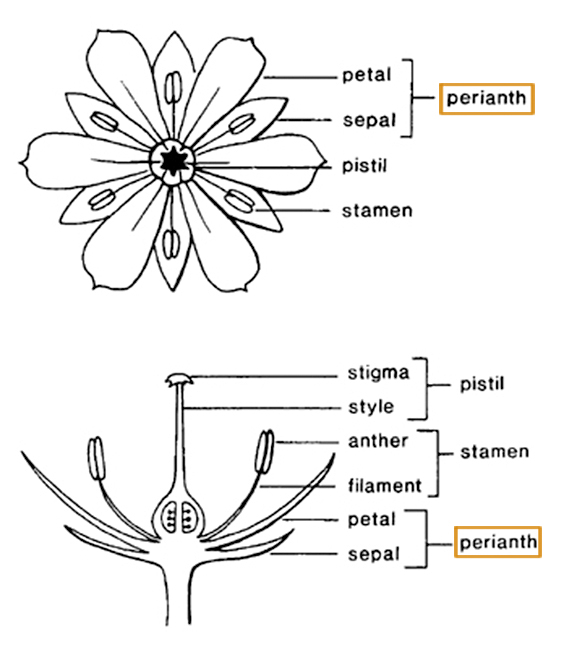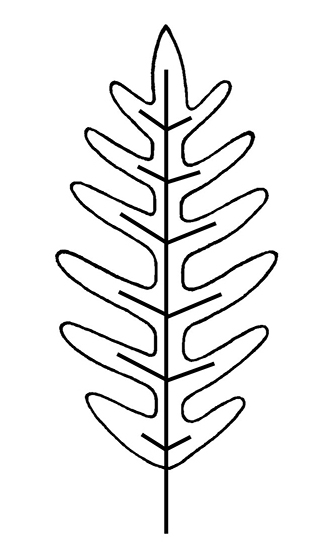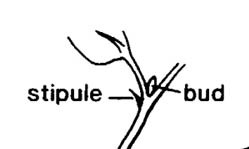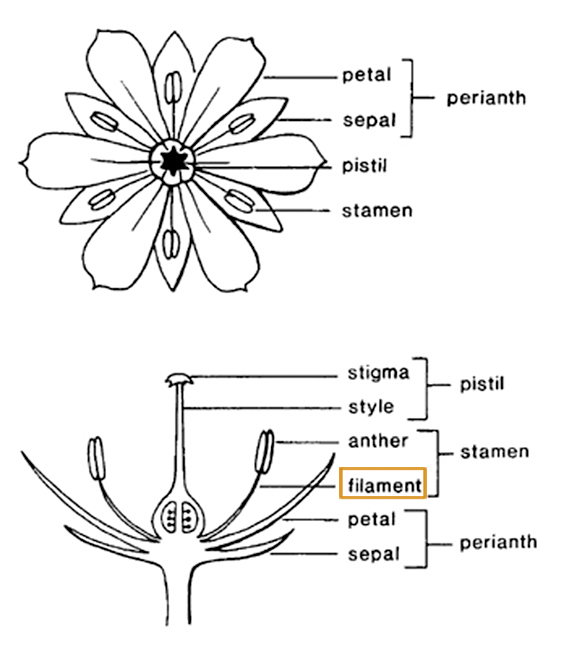Ceratopteris Brongn.
water sprite, Indian fern, pod fern, swamp fern, phak kuutnam
Pteridaceae
unlikely to be confused with any other aquatic plant
pan-tropical
Ceratopteris cornuta (P. Beauv.) Lepr.
C. pteroides (Hook.) Hieron.
C. richardii Brongn.
C. thalictroides (L.) Brongn.
Ceratopteris thalictroides is introduced into Australia, Europe and Florida (United States).
not weedy
free-floating to attached and emergentemergent:
(adj) (syn. emersed) with parts raised out of the water; extending up out of the water
 herb with finely dissecteddissected:
herb with finely dissecteddissected:
(adj) (of leaves) +/- deeply divided, cut, or lobed, including being compound
 leaves
leaves
Perennialperennial:
(adj) (of a plant) having a life cycle of more than two years
 fern. Stem compact, bearing numerous roots and covered with relatively few scales. Leaves in a basalbasal:
fern. Stem compact, bearing numerous roots and covered with relatively few scales. Leaves in a basalbasal:
(adj) at or pertaining to the base, or point of attachment
 rosetterosette:
rosetterosette:
(n) a radiating cluster of leaves, usually close to the ground at the base of a plant
 , petiolatepetiolate:
, petiolatepetiolate:
(adj) relating to or in the form of a petiole; bearing petioles
 , 1- or more- pinnatepinnate:
, 1- or more- pinnatepinnate:
(adj) in the form of a feather; of, e.g., leaflets, lobes, or veins: arranged in two rows along an axis
 ; lower leaves sterilesterile:
; lower leaves sterilesterile:
(adj) lacking male and/or female reproductive parts; not producing fruit, seed, pollen, spores, etc.
 , often bearing plantlets along leaf marginmargin:
, often bearing plantlets along leaf marginmargin:
(n) edge; rim
 ; upper, emergentemergent:
; upper, emergentemergent:
(adj) (syn. emersed) with parts raised out of the water; extending up out of the water
 leaves fertilefertile:
leaves fertilefertile:
(adj) producing viable seed, spores, or pollen; capable of reproducing
 , more deeply dissecteddissected:
, more deeply dissecteddissected:
(adj) (of leaves) +/- deeply divided, cut, or lobed, including being compound
 than lower leaves, bearing sporangiasporangium:
than lower leaves, bearing sporangiasporangium:
(n) (pl. sporangia) a unicellular or multicellular sac or structure that produces spores
on lower surface, margins inflexedinflexed:
(adj) curved or bent inwards toward the axis
 (curled), partially covering sporangiasporangium:
(curled), partially covering sporangiasporangium:
(n) (pl. sporangia) a unicellular or multicellular sac or structure that produces spores
. Dispersal by spores, plantlets and leaf fragments.
margins of lakes, rivers, ponds, and swamps
Ceratopteris contains five species, but differentiating them can be very difficult due to the high degree of morphological variation and the formation of hybrids where the distributions overlap. The taxonomy of the genus is problematic, and some authors refer to several varieties of a single species, C. thalictroides. Ceratopteris richardii is infrequently cultivated for aquaria but is more commonly used as an experimental ‘model’ organism for studies of plant physiology. Younger leaves are edible.